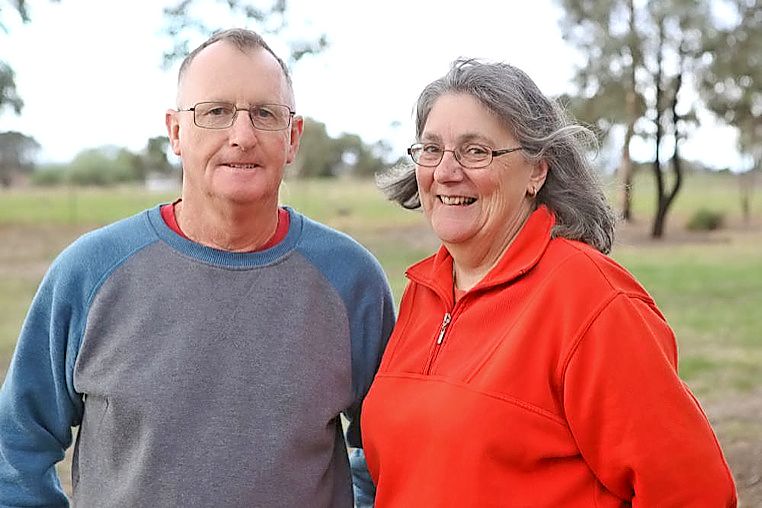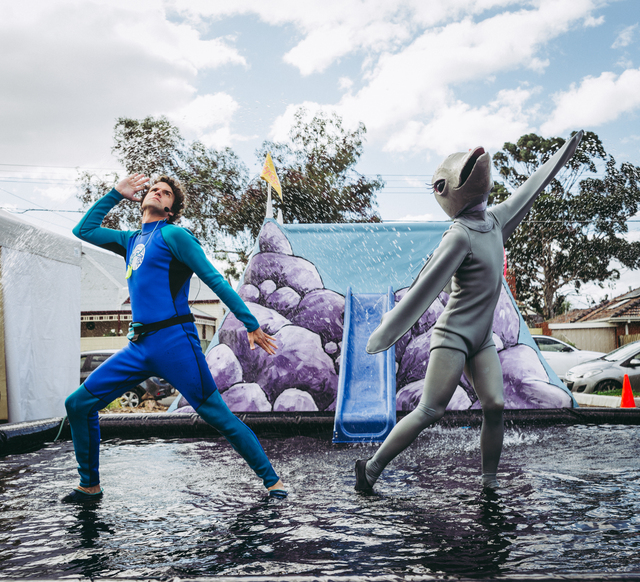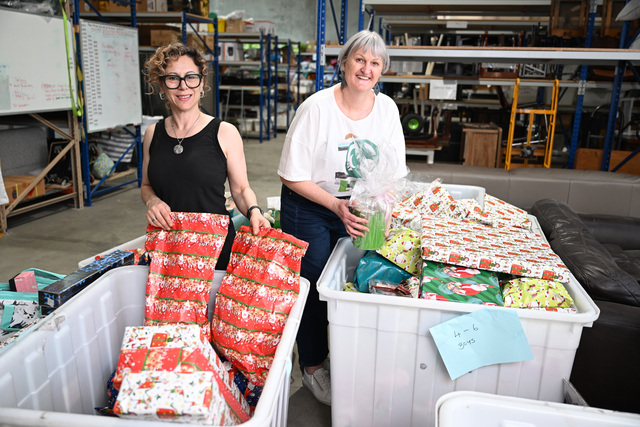Terese and Phillip Johns were among Sydenham’s first residents. The former Community Progress Association members now busy themselves preserving the suburb’s history. They talk to Alexandra Laskie.
What’s your connection to Sydenham?
We have been residents of Sydenham since 1978 when we built our house here and then raised our son here.
What attracted you to the area and what was it like when you first moved into the suburb?
We liked the area because of the size of the blocks of land and the rural atmosphere. When we first moved to the suburb there were no roads, no gas, no water (each house had its own water tank to supply its water needs) and no sewerage.
There was a local general store near the original Sydenham station which also acted as a post office. We could see cows grazing in the farmland to the north of us and sometimes kangaroos. This area later became Hillside. In those early days – I wouldn’t say hardship, but I’d say it was a much harder life. You had to fend for yourself. You had to have a sense of community to achieve what we did (connecting the area to water and sewage). But it didn’t put us off.
Has this area shaped who you are?
It has probably given us a sense of community and of what can be achieved if people work together. The people we’ve met along the way have also influenced us – neighbours and community group members.
What do you like best about living here? What could make it even better?
The proximity to services such as shops. We are close to the city in one direction, the country in another and beaches in another. Although there is regular train service, public transport to other areas needs to be improved. Connected walking and bicycle trails are needed. And there needs to be more trees in parks and more parkland development.
What were your greatest successes while members of the Community Progress Association?
We helped in the development of the area. The group consulted with the relevant authorities to have the roads made, to bring sewerage, reticulated water and gas to the area as well as postal deliveries. The group also established the first neighbourhood house in the area and was responsible for the hiring of a neighbourhood house co-ordinator. We helped set up the Greening Sydenham group to help develop the two parks on the northern side of Sydenham
What have you learnt about Sydenham that other residents may not know about in your time on the Sydenham Historical Society?
Dances used to be held at the original Sydenham Mechanics Hall, which was known as the fastest dance floor in the west. Buses used to bring in dancers from surrounding areas.
Sydenham was an overnight stopover for the diggers travelling to the Ballarat and Bendigo goldfields. There was a depot for the changing of the horses that pulled the coaches travelling to Melbourne. The suburb had four hotels to service the community, a wheat mill, a dairy and a police station. It was also the first sub-division of land outside of the City of Melbourne
Bluestone was quarried from the local area for the Bendigo railway line.
When you have visitors, where do you take them to “show off” your suburb?
We walk quite often in Caroline Springs and often eat out in Hillside. Some of our favourite restaurants are The Club in Caroline Springs and the Sugargum in Hillside.







